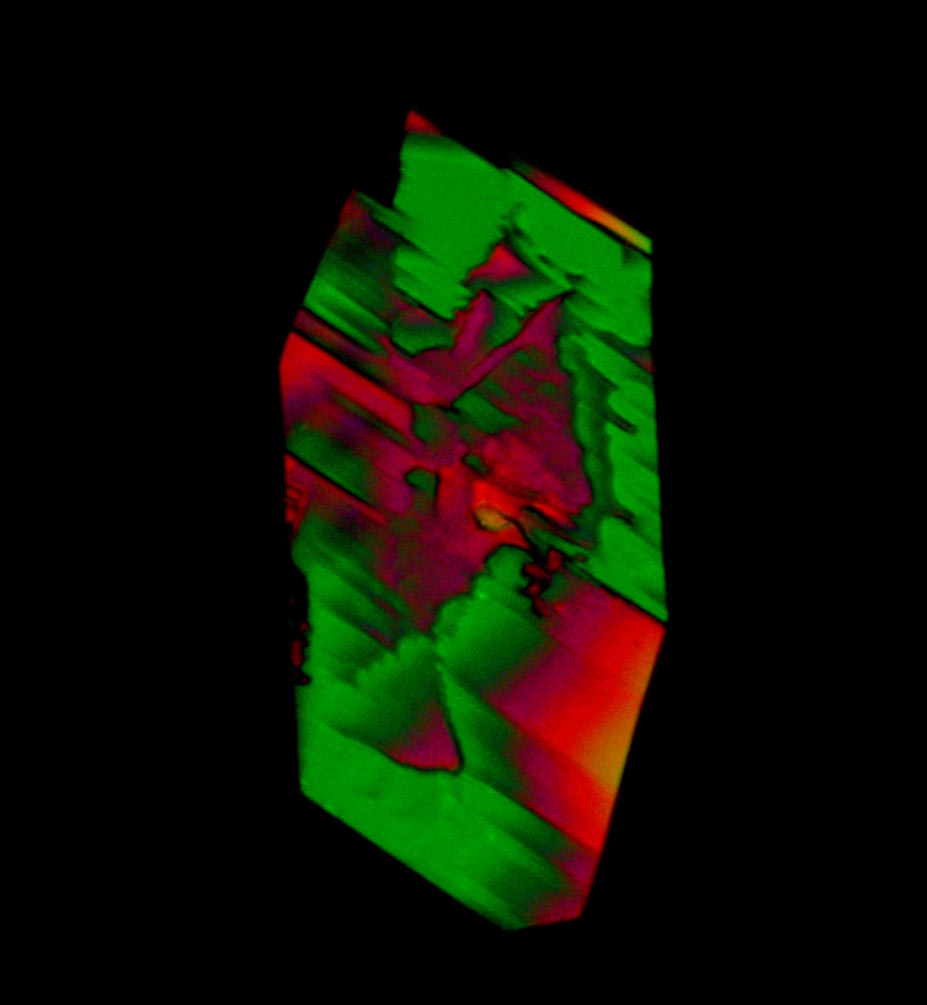Potassium Ferricyanide crystals between crossed polarizers. The variations in color come from irregular thickness and crystalline axis orientation, which both affect the net retardation, and hence, color observed.

Citric acid crystals between crossed polarizers. The variations in color come from irregular thickness and crystalline axis orientation, which both affect the net retardation, and hence, color observed.

Dimethylglyoxime crystals with the Eclipse E200 with crossed polarizers with E Plan 10/0.25 objective.


Dimethylglyoxime crystals with the Eclipse E200 with crossed polarizers with E Plan 40/0.65 objective.




And a stack of two polarization orientations, which is bringing in some details that were invisible with crossed polarizers alone.

Next, we'll look at Ascorbic Acid (Vitamin C) between crossed polarizers.





A normal crossed-polarizer view, and with the tint-plate (wave-plate or retarder).



